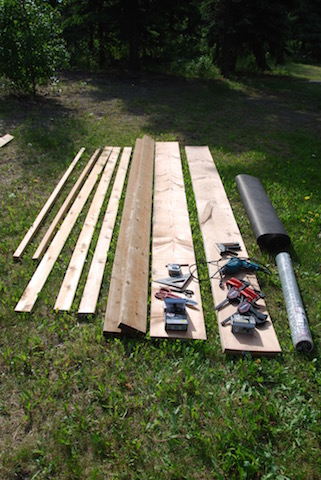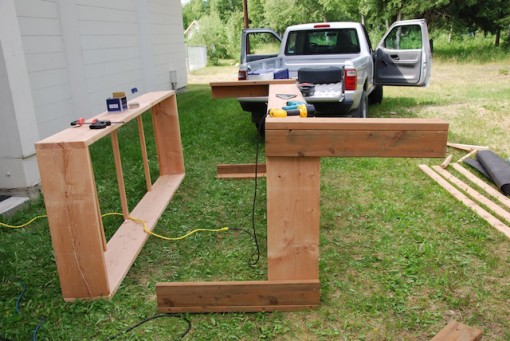
It seems the 2X2 cross pieces for the elevated beds in post 1, 2, and 3 were not quite enough to support the weight of a cubic yard of soil. I noticed that one was sagging badly on July 17th. I thought that I would have to look into that on Sunday afternoon when I got back to the church. Well by Sunday afternoon all of the squash plants were either buried under the soil that pushed out the bottom of the box or were sitting on top of the Read More …


